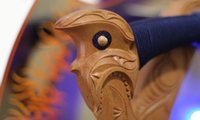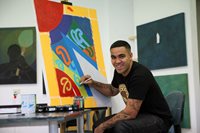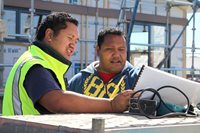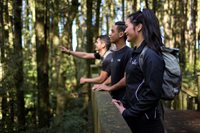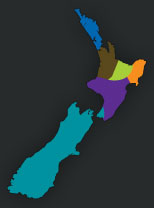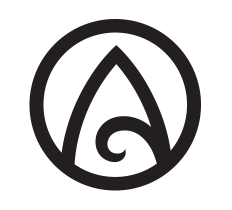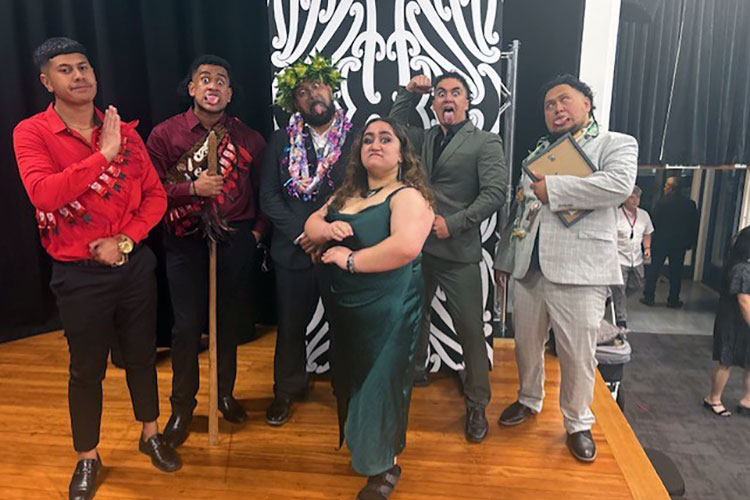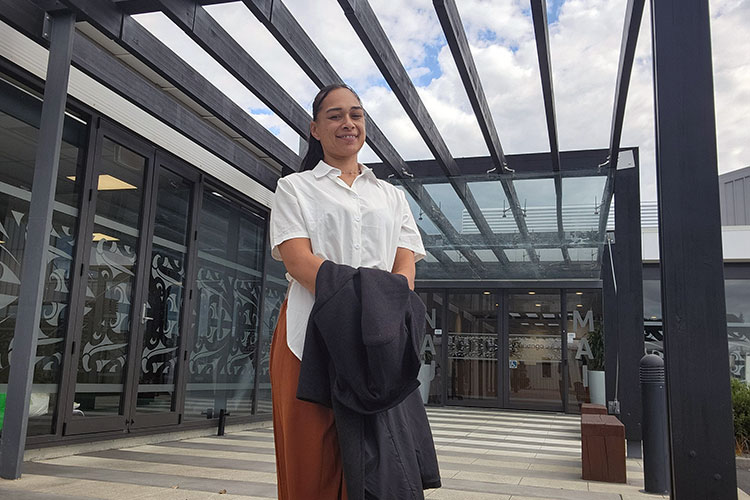A new hazard register form will help to ensure a safer working environment for Te Wānanga o Aotearoa kaimahi.
The hazard register form, which can be found in Te Kōpua at https://twoa.sharepoint.com/cms/TeRipo/OnlineForms/Pages/eF18-HazardRegister.aspx and is for kaimahi to complete should they encounter any temporary or ongoing hazards at work.
Environment, safety and wellness lead Harata Samuel said the new method to record, monitor and eliminate or control hazards would result in a safer workplace for kaimahi and visitors.
“So if our kaimahi see something unsafe onsite or even within their mahi, it gives them the means of being able to lodge the hazard report,” says Harata.
“Before this, nobody had access to the system to be able to log a hazard themselves, so what we are trying to do is make health and safety at Te Wānanga o Aotearoa everybody’s responsibility.”
After lodging the hazard form on Te Kōpua, a notification is automatically sent to Te Marupainga, who then notify the relevant operations manager in the takiwā or at Te Puna Mātauranga.
“We can then monitor how they’re going with controlling or eliminating that particular hazard. It remains on our database as a hazard until it’s been controlled or minimised.”
“Just recently a hazard was reported by a kaimahi at Te Puna Mātauranga. They went on to the system and lodged it and this was sent to Mike Lewis who fixes any hazards at TPM.”
“We saw it through the process and checked in to see how it was going and how it was being dealt with an d Mike got a contractor in to fix the problem. Once it was fixed, we were able to go back into the system and tick it off as completed and the notification was sent to the kaimahi to say the hazard had now been controlled.”
The Hazard register form was designed by Grace Ormsby in Kiriwhanake who also designed the offsite activity form for Te Wānanga o Aotearoa.
Harata says having a database of hazard information will be helpful for Te Marupainga to determine safety measures and warnings for the future.
The form has a wide scope and covers what you would probably expect to see with categories including unsafe conditions that can cause injury, illness and death, biological and chemical hazards.
It also covers work issues that cause stress and strain on kaimahi – including workloads, workplace relations and social support.
“These hazards can be very broad,” says Harata.
“The form covers not just the physical, tangible things; it does go into a lot of workplace stresses that can be hazardous in the workplace.”


